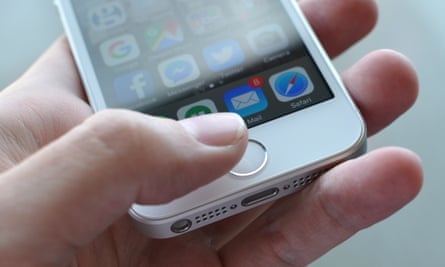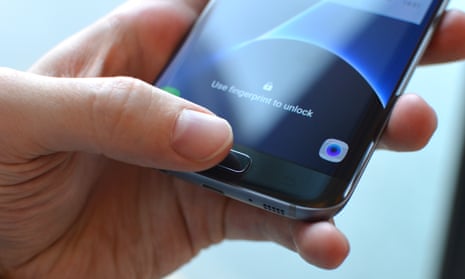Most top-end smartphones, and even some low-end models, come with a fingerprint scanner these days.
Last year, the fingerprint sensor stopped being a gimmick and started becoming one of the most useful parts of a modern smartphone. From keeping your phone secure to authenticating payments, the one-touch fingerprint sensor has numerous advantages over a pin code – but only when it works. There are few things more frustrating than repeatedly touching your finger tip only to have it refuse to unlock.
But what most people don’t realise is that the fingerprint scanner on most smartphones and tablets can recognise up to five fingers.

In the initial setup of the phone, it will run you through registering one digit and then say you can register more now, or skip. Most hit skip, trying to run through the setup routine as fast as possible. It’s understandable, but registering more than one finger makes using the scanner a lot easier and more convenient.
If one finger is wet or sticky, use the other. Register fingers on different hands so you can unlock the phone with either hand. Use a thumb for unlocking it in your hand, but an index finger to unlock it on your desk. You can even register someone else’s fingerprint – a partner for instance – although the terms and conditions for some applications, including Android Pay, specifically prohibit digits from others being registered on your device for obvious reasons.
To register an extra finger or four, all you have to do is find the security settings for the fingerprint scanner and run the setup routine for a new finger, which normally takes less than a minute.
Android

On an Android device running Lollipop, Marshmallow or N, head to Settings -> Security -> Fingerprint and then start the routine to add another fingerprint. You may be asked for your pin or passcode before registering a new fingerprint.
iOS

For iPhone or iPad users head to the Settings app -> Touch ID & Passcode -> Enter your pin or passcode -> Add a Fingerprint. That will start the Touch ID registration for another finger.
With most devices, tapping the fingerprint sensor with a pre-registered finger when viewing the list of fingerprints currently registered will identify which fingerprint corresponds to which entry.
It’s also worth noting that for older devices with early fingerprint scanners, such as the Samsung Galaxy S5 or Galaxy Note 4, registering the same fingerprint more than once using different parts of your finger each time can help increase accuracy and reduce the number of times when your finger isn’t recognised. That isn’t necessary with the majority of fingerprint scanners on smartphones from 2015 onwards, but can help make the fingerprint scanners on older models less irritating.
